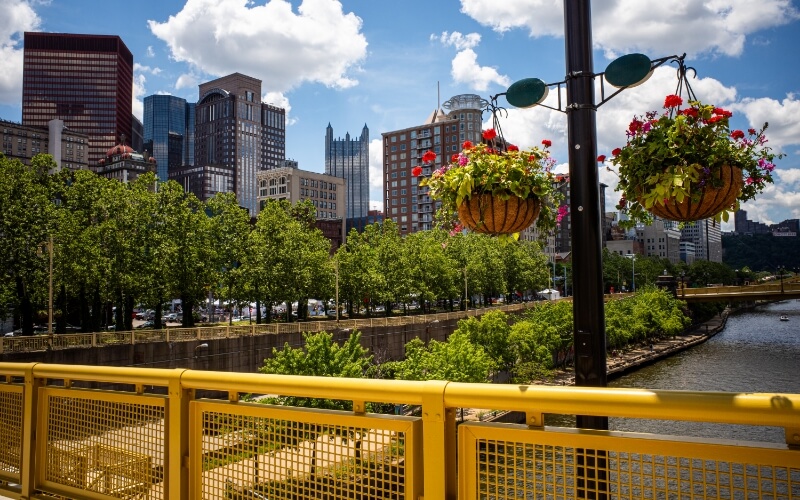Is Geothermal a Good Cooling Option in Pittsburgh?
March 11th, 2013Every year, thousands of homeowners are turning to geothermal heating and cooling for its highly-efficient, cost-reducing, and eco-friendly energy. It is very similar to how a heat pump works, and shares most of the same components.

